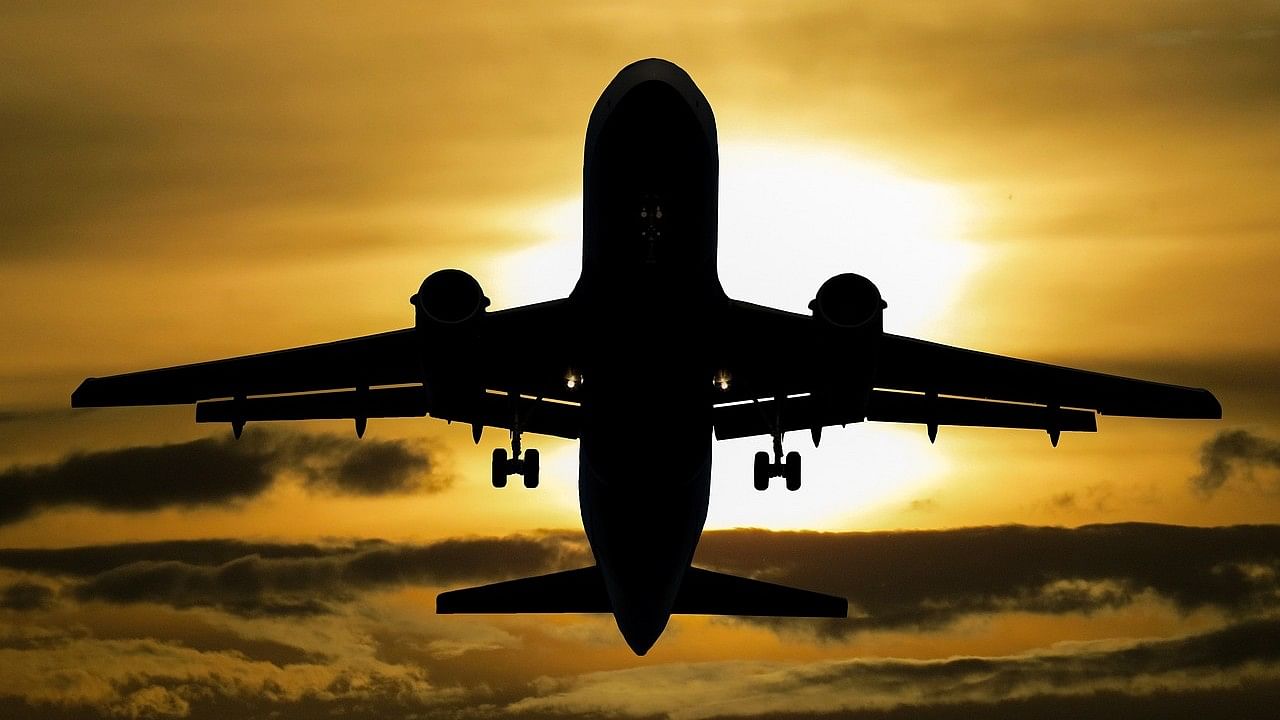
Representative image.
Credit: Pixabay Photo
Around 20 aircraft were misguided to enter the Iranian airspace by fake GPS signals while flying over the Iraq-Iran border, prompting the United States’ Federal Aviation Administration to issue a memo saying that the route poses “safety risk”. The news was first reported by OPSGROUP, a flight data intel crowdsourcing website.
Boeing 777, 737 and 747 were among the planes that were tricked into venturing off course due to these rogue signals coming from the ground. As per the report, these signals got the better of the aircraft’s inbuilt navigation system, which quickly led to complete loss of the plane's navigational capability.
One of these aircraft was so waylaid that it had to ask the Baghdad ATC, “What time is it, and where are we?“
The location of the majority of these incidents was Airway UM688 in Iraq, which lies close to the Iranian border.
What’s the reason behind these incidents?
The reason behind these incidents is attributed to a phenomenon called ‘GPS spoofing’. According to the US Radio Technical Commission for Aeronautics, GPS spoofing is “the surreptitious replacement of a true satellite signal that can cause a GPS receiver to output an erroneous position and time”.
How it has worked in these incidents is very similar according to the reports.
The airplane is being targeted by, or at least receiving, a fake GPS signal from the ground. This signal forces the GPS position to change by 60 nm, which then prompts the onboard systems to respond. The majority of crews experience a navigational failure as soon as the spoof signal is detected, while some crews have been able to immediately shut GPS inputs.
Is GPS spoofing the same as GPS jamming?
Spoofing is not the same as jamming. While jamming, as the name suggests, is when the GPS signals are jammed, spoofing is very different and way more threatening. Planes and other aircraft regularly deal with jamming while spoofing of the kind happening in the above-mentioned incidents has reportedly never been seen before.
How dangerous is this?
Capt Amit Singh, an air safety expert, told the Times of India that straying off in these areas is not safe. “UM688 is a busy route. Most of the traffic from West Asia to Europe to US route from here. There are active conflict zones with military activity going on and so straying off the flight plan isn’t safe.”
Do Indian aircrafts fly on this route?
“We don’t fly airway UM688, but we do overfly the Iranian airspace and we haven’t experienced spoofing, but on a flight last week, we experienced GPS jamming,” a senior officer told TOI.
According to the publication, Indian carriers Air India, IndiGo and Vistara overfly this airspace en route destinations like San Francisco, Istanbul, Baku and London.